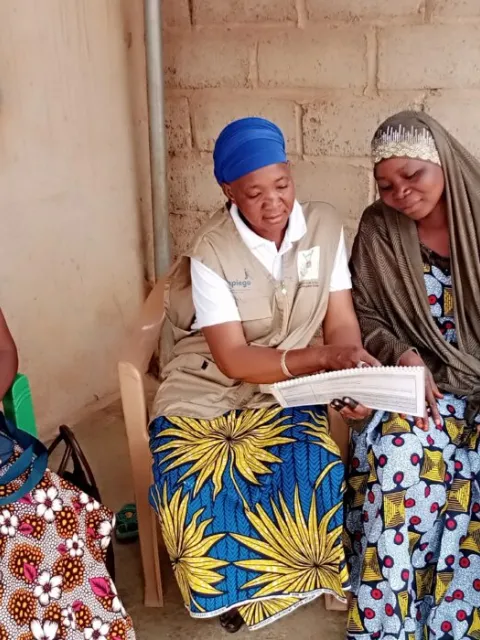Suffrage, slimness and sophistication: the exploitative marketing of tobacco and alcohol to women
Tobacco and alcohol industries twist messages of female empowerment and play on unrealistic beauty standards to target women through advertising. It is an old tactic, repackaged to fit new technologies, and one that shifts its focus towards a younger female generation, as well as women in low-and middle-income countries.
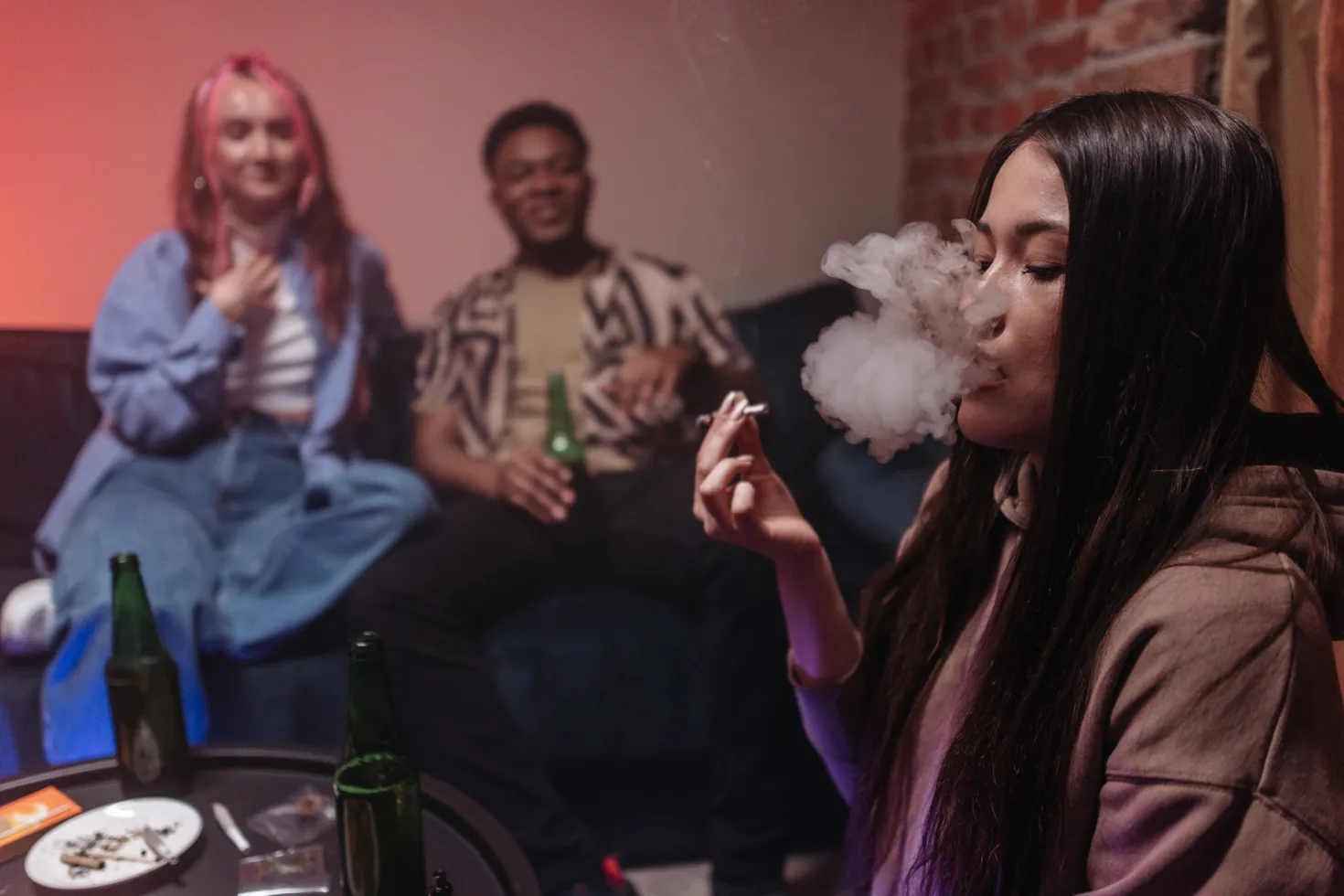
HIGHLIGHTS
- Marketing tactics used by tobacco and alcohol companies often aim to exploit women's desire for independence, weight control, and glamour, perpetuating harmful associations between their products and these aspirations.
- The industries are shifting their focus towards younger generations and women in low- and middle-income countries, utilising new technologies and strategies like social media influencers.
- Efforts to counter these tactics include comprehensive bans on tobacco and alcohol advertising, as well as media campaigns and social media movements promoting healthier attitudes and debunking industry messages.
“Selling tobacco products to women is the largest product-marketing opportunity in the world,” wrote the WHO in their 2010 report on gender, women and the tobacco epidemic. More than a decade later, tobacco and alcohol industries are still targeting women.
Why? One of the reasons is because women smoke and drink less than men, making them an appealing audience for companies looking for new consumers. And marketing is one of the most efficient ways to get them hooked on their products.
Every year, the industry spends tens of billions of dollars on advertising. WHO’s Framework Convention on Tobacco Control (FCTC) has identified tobacco advertising as a major contributing factor to tobacco use, a claim backed by numerous studies.
Marketing tactics from the past: more freedom, less weight
Marketing to women is not a new phenomenon. Since the women’s suffrage movement of the early 20th century in the US, the tobacco industry has encouraged women to break social taboos by smoking.
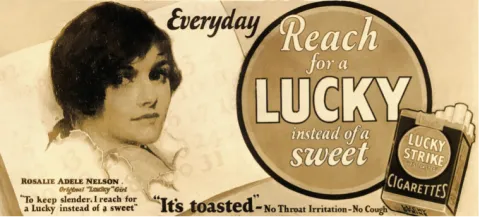
Women were hired by tobacco companies to join independence parades, holding cigarettes as “torches of freedom”. One advertisement portrayed a woman smoking while her husband cooked. In another, a woman turns away from a man. She would rather smoke a cigarette than speak with him.
Tobacco companies also promised to improve a woman’s appearance, claiming to help them lose weight and look glamorous. Lucky Strike, for instance, launched in 1928 their “Reach for a Lucky instead of a sweet” campaign: sales jumped 300 times in a year.
The marketing of alcoholic beverages for women has also increased since the 1990s, heavily based on the tobacco industry’s playbook. The Institute of Alcohol Studies points to a correlation with the changing social positions of women, such as economic prosperity and delays in marriage and maternal age, among other factors.

New times, old tactics
The themes used in these advertisements – physical appearance, independence, sophistication – remain largely the same today. People are more likely to believe smoking helps control their appetite when the cigarette packs are branded with words such as “slim” and “vogue.”
Various studies show desire for weight-loss as a reason for many who start smoking: female students in the US trying to lose weight or who were constantly concerned by weight were twice as likely to begin smoking, compared to their peers who did not share these concerns. Alcohol companies also advertise low-calorie options, from Lambrini’s Skinny Original to Un’Sweet’s “zero-sugar, natural, gluten-free wine.”
Messages of female empowerment are still used as a sales pitch by tobacco and alcohol companies who market their products as symbols of women’s independence: Punk IPA becomes Pink IPA; a limited edition of Johnnie Walker whiskey becomes Jane Walker; “mommy juice” is the alcoholic drink enjoyed at the end of a hard day’s work. The aim to convince consumers that “if women had the right products, the right alcohol drinks, they could achieve anything”, says Anathansia Daskalopoulou, from the University of Liverpool Management School, in a recent BBC article.

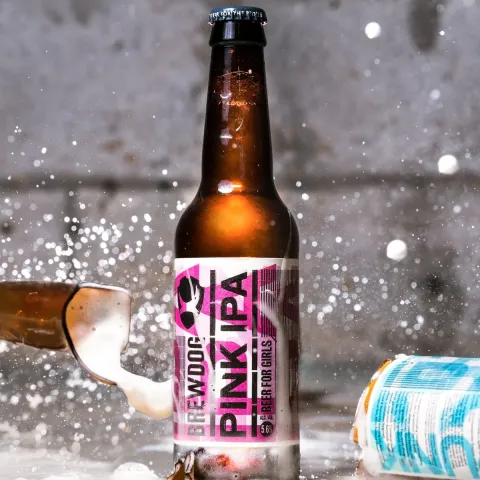
From billboards to influencers: new risks for the younger generation
As public perceptions of smoking and drinking change and technology evolves, tobacco and alcohol industries find new marketing strategies. Billboards are replaced by social media influencers, while cigarettes – increasingly unacceptable in many societies – make room for e-cigarettes: in the UK now, 20% of girls aged 15 vape, 7% more than boys of the same age.
Most smokers begin in adolescence and social media is the perfect platform to get them addicted. According to a 2022 Nielson report, marketers spend 50% of their advertising budget on digital platforms, with social media considered the most effective channel for Europe, the Middle East and Africa. A majority stated that their preferred marketing channels were Instagram and TikTok, two platforms used more by teenage girls than by boys.
Yet vaping influencers on Instagram frequently violate advertising regulations and the platform's policies by posting and promoting branded vaping content without disclosing brand relationships or including warning labels.
The alcohol industry also sees the potential of social media. Once considered the inferior sibling of red and white wine, rosé has become the drink of choice for millennials. The aesthetic pink hue of a glass of rosé captivates Instagram users, enticing millennials with visions of picturesque sunset terraces and beach vacations that reinforce the idea of alcohol as a necessary component for any enjoyable activity.
Targeting women in low- and middle-income countries
With tobacco and alcohol consumption mainstream for women in most high-income countries, the industries turn to low-and middle-income countries for a largely untouched audience. Only around 3% of women in LMICs smoke, for instance, compared to 17% in HICs. How to make them into consumers?
In countries with growing economies, where the social and economic roles of women are also changing, one marketing tactic is to associate alcohol and tobacco with Western lifestyles, wealth and independence.
For example, Diageo, a multinational alcoholic beverage company, launched Snapp in Kenya, an apple-flavoured cocktail, as an alternative to beer. One advertisement shows three Black women in sparkling dresses walking out of a luxury car onto a red carpet, followed by the gaze of men and flashing cameras. They roll their eyes as a waiter offers them a beer and instead snap their fingers for a glass of Snapp.
In areas where women drinking and smoking is still taboo, brands offer home delivery in discreet packaging.
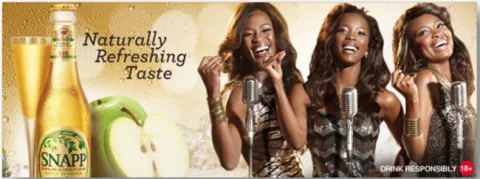
"Pinkwashing" profit and how to counter industry tactics
To enhance their image while marketing harmful products to women, these industries engage in pinkwashing tactics. Some wine producers donate to breast cancer charities. Pop the cork on a bottle of J.Lohr Vineyard Sauvignon Blanc, for instance, and they will donate USD 2.00 to early detection and awareness raising initiatives.
Rather than reducing cancer rates among women, however, these industries sell products that fuel the growth in cancer cases and other non-communicable diseases. Alcohol can cause seven different kinds of cancer; tobacco is linked to at least 15.
Is all the tobacco and alcohol marketing working? At first glance it appears not to be. Smoking rates for women are on the decline globally: from 16.7% of women in 2000 to a projected 6.7% in 2025. But there is a danger of a rise in female tobacco use in coming years. Worryingly, more girls use tobacco than women in 123 countries, notably in Africa. In 28 countries, girls use it more than boys.
What can be done to counter this? The SAFER initiative by WHO and international partners encourages states to adopt 5 of the most cost-effective interventions to reduce alcohol related harms. One such measure are bans or comprehensive restrictions on alcohol advertising, sponsorship and promotion
Among other measures, the Framework Convention on Tobacco Control establishes guidelines for countries and promotes the implementation of comprehensive bans on tobacco advertising, promotion, and sponsorship – also a key area in UICC’s tobacco control strategy. Currently, 1.6 billion people in 57 countries are protected through these comprehensive bans. Twelve are low-income and 31 are middle-income countries.
“There is no magic bullet to reduce smoking prevalence in women. But all countries need the same thing: the implementation of the FCTC at its highest level.”
– Margaretha Haglund, Past-President of the International Network of Women Against Tobacco (INWAT), reflecting on a WHO report
Population-level media campaigns aim to educate women and point out that they are being duped. Some of the videos in the Centers for Disease Control and Prevention’s series, “Tips from former smokers”, will resonate with women: Sharon started to smoke at high school to fit in with the other girls, leading to lifelong addiction and a cancer diagnosis; Jessica’s child suffers from severe asthma due to second-hand smoke; Amanda’s baby was born dangerously early after she smoked during pregnancy.
Creative new campaigns spring up on social media. These are especially important for reaching out to the younger generation of girls. For instance, the #dontpinkmydrink campaign calls on users to post pictures of alcohol companies targeting women with messages of female friendship, femininity and empowerment. People share pictures of dairy-free Bailey’s, a bottle of champagne wrapped in a pink bow, or promotional material for “prosecco princesses” and “gin-dependent” women. The campaign challenges the idea that women should engage in daily and excessive drinking as a fun and normal activity.
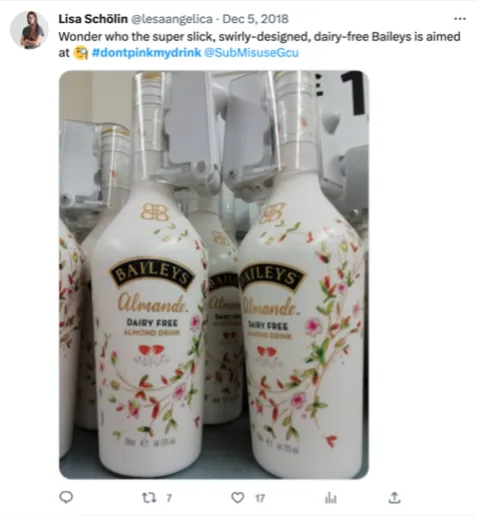
The marketing of tobacco and alcohol products to women has been a long-standing practice, in an attempt to match – or surpass – the rates of their male counterparts. They use powerful ideas of empowerment and capitalise on beauty standards that promote thinness and glamour, moulding them to fit their own commercial purposes. Profit is put above human health.
“The marketing approach of tobacco and alcohol industries to women is deplorable. It puts their health and well-being at risk and is in direct conflict with goals for gender equality and the right to health.”
– Dr Sonali Johnson, Head of Knowledge, Advocacy and Policy, UICC
Last update
Wednesday 24 May 2023